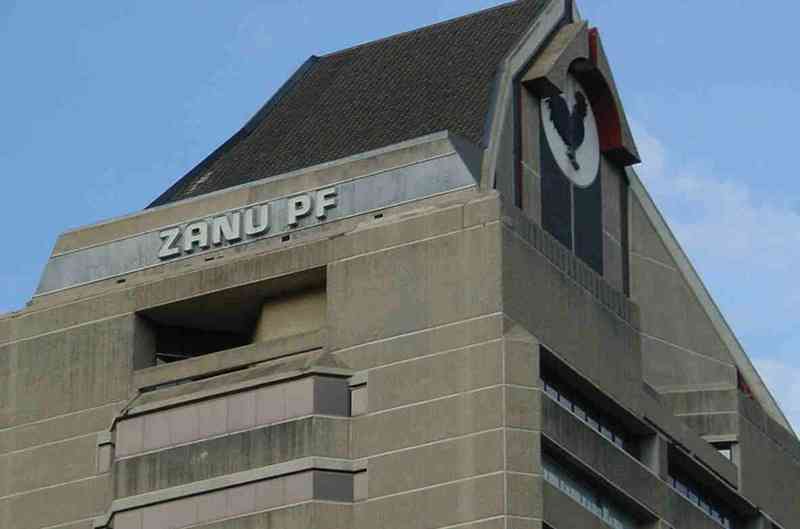
Zimbabwe will now measure inflation using a weighted average of goods and services priced in Zimdollars and US dollars, according to a Ministry of Finance statutory instrument gazetted yesterday in reaction to the growing dominance of the US dollar in the economy.
To measure inflation, national statistical agency, Zimstat uses the average prices of a basket of selected goods and services. From now on, Zimstat will use the US$ and Zimdollar prices of these goods, and not just the Zimdollar prices as before.
For February, using that blended rate, Zimbabwe inflation was 92,3% from 101,5% in January, according to the latest Zimstat data. In January, before this change to blended inflation, annual inflation was 229,8% from 243,8% in December.
Business groups have opposed the exclusive use of ‘blended inflation’ as the price benchmark, saying it makes planning and accounting harder.
A household survey by Zimstat in January found that 76,56% of people’s spending is now in US$, with just 23,44% in Zimbabwe dollars.
In his monetary policy statement last month, Reserve Bank of Zimbabwe (RBZ) governor John Mangudya said it was “essential and logical that the blended rate of inflation should be the reference rate of inflation in Zimbabwe”.
He added: “It is important to note that the Zimbabwe dollar inflation is no longer a true representative of the cost of living in Zimbabwe as the country is in a dual currency system where prices and household incomes are also in both US dollar and local currency.”
But the Confederation of Zimbabwe Industries, the country’s biggest business grouping, disagrees, and recommends publishing both the Zimdollar and blended inflation rates.
- Mavhunga puts DeMbare into Chibuku quarterfinals
- Bulls to charge into Zimbabwe gold stocks
- Ndiraya concerned as goals dry up
- Letters: How solar power is transforming African farms
Keep Reading
“While the RBZ has total control over the Zimbabwe dollar inflation rate, it has very little influence over the US dollar inflation rate, even if the US dollar is circulating within the economy,” CZI said.
“Thus, a blended inflation target without a corresponding Zimbabwe dollar target might not be appropriate from policy targeting perspectives.”










